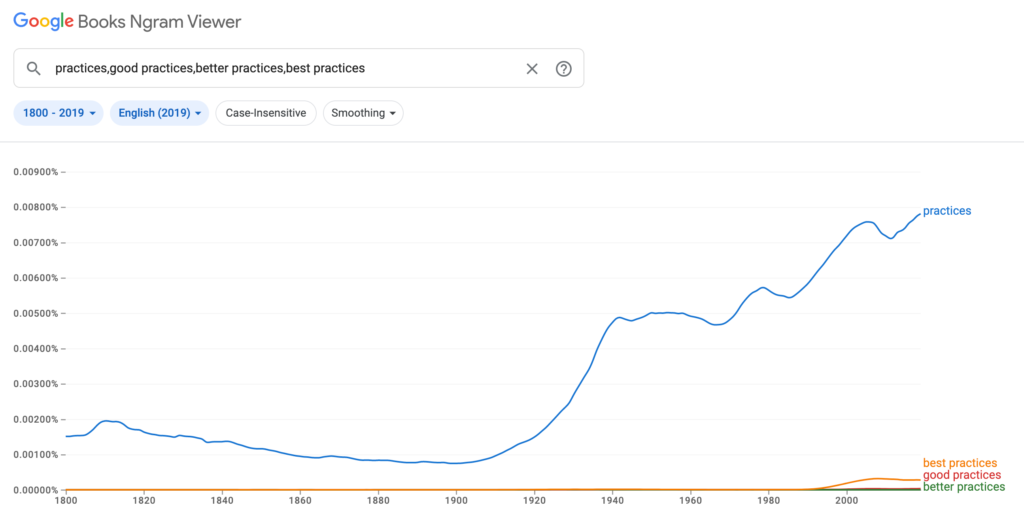Maybe you have also encountered software engineers who would not accept to work on a project because the context doesn’t allow them to write “clean code”.
It’s usually a combination of requirements, client personality, budget constraints, team composition and similar other factors that are given as a motive.
There are at least several possible explanations for why these types of behaviors happen:
- It could be a sign of “analysis paralysis”: the inability to make a decision due to overthinking a problem
- Other times it might be explained by FOMU: Fear Of Messing UP
- There is a medical condition called atelophobia, which describes the fear of imperfection and making mistakes
- Or maybe it’s caused by perfectionism: a combination of excessively high personal standards and overly critical self-evaluations
Some people can get so hung up on using best practices that they forget that the real world works with nuances.
It’s not binary.
Just because you can’t use some best practice is not an excuse to not do something. Many would benefit from applying better practices.
And the large majority would experience a huge improvement in their professional lives if they would just apply some practices.

Not the best. Not better.
Just some practices would be enough for lots of companies.
There is a fairly simple mechanism at play here.
When people start something new, there is little structure or planning. It’s usually a matter of applying effort and brute force to get things off the ground.
Once something is working, it’s becoming more complex, there are multiple moving parts, they need to work together, so a simple structure is enough.
If it continues to grow, there is a point where the simple structure becomes a constraint, at which point a set of practices is very useful: they give direction, supply guidance to the people in the organization, and provide some guardrails when needed.
In some areas of our lives, health, safety or environmental concerns lead to enforced public policies and regulations known as good practices.
We should all be grateful for the existence of global standards such as GMP (good manufacturing practices) in healthcare, GLP (good laboratory practices) in research and GAP (good agricultural practices).
As things scale, some organizations are lucky enough to reach the point where they need better practices.
And this is where the chain breaks.
Some organizations reach the point where they are so big or are working on problems so difficult that “better practices” aren’t enough any more.
In which case, applying best practices from what other organizations supposedly did in the past is not going to help them in any way.
They need solutions to their problems, in their context, based on their objectives, taking into account their challenges, skills, resources and assets that can be used in an efficient manner.
Which means that best practices don’t help them and would only serve as a very costly distraction.
WHAT THIS MEANS FOR YOU
Maybe run away everytime you hear “best practices”?
Instead try to figure out where you are on this evolution scale and decide which types of practices you need.
P.S.: I have to thank Alex for our discussion from a few weeks ago, it helped me crystallize my thoughts on this topic.
P.P.S.: Don’t forget about our free webinar I will be doing tomorrow, February 28th, at 12:00 pm CET: “Pricing mistakes that could sink software services companies”.
Registrations are open. Book your spot here.
This was initially scheduled for January 31st, but we had to postpone for personal reasons.

